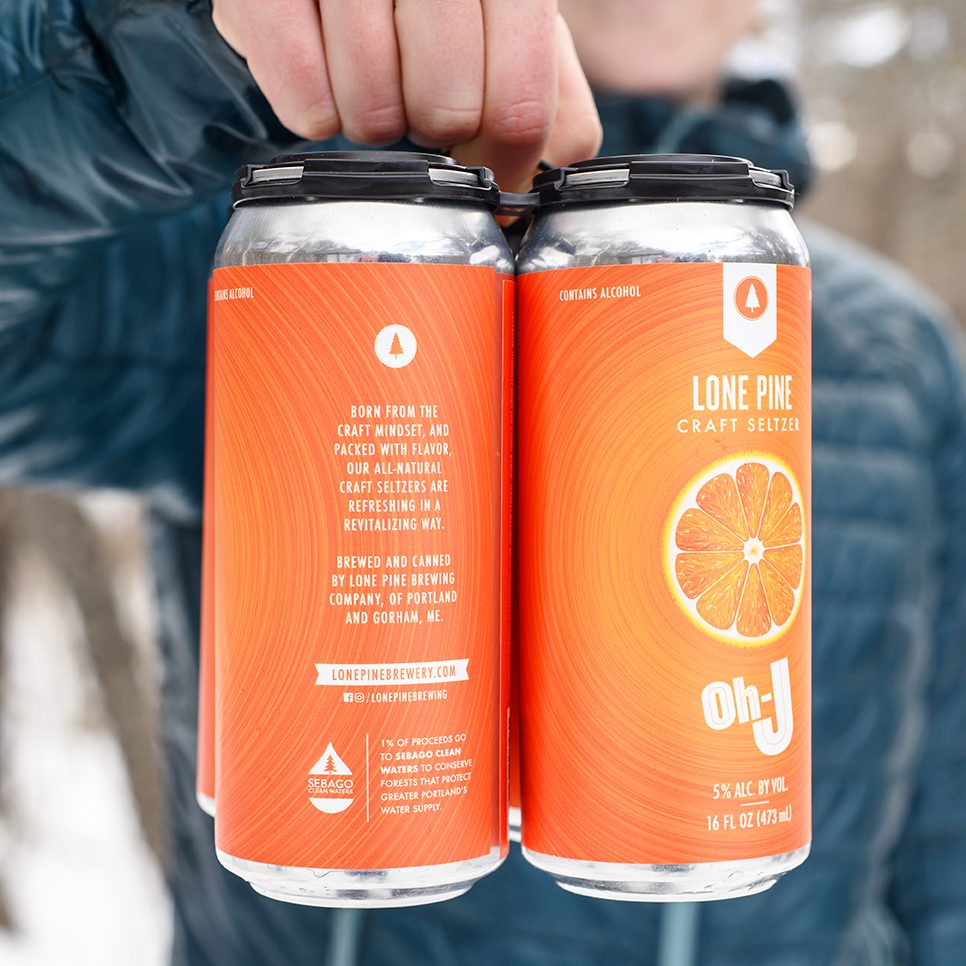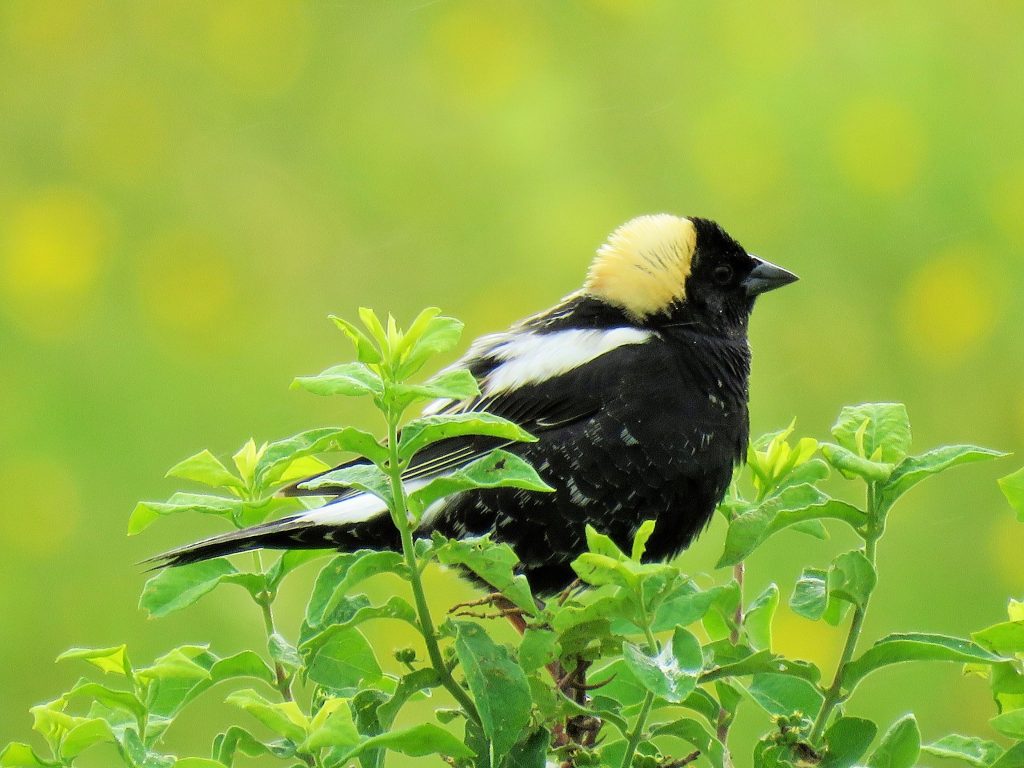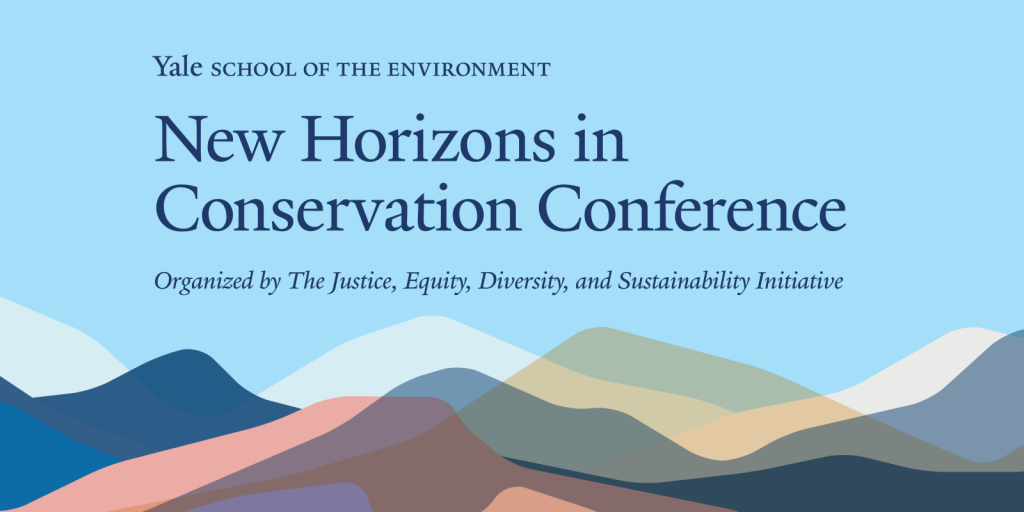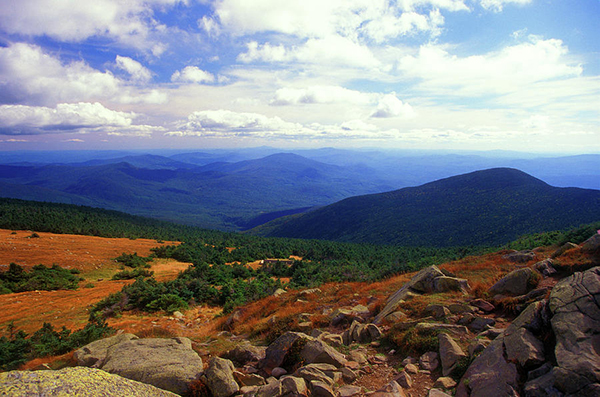Highstead and The Conservation Finance Network convened leaders from NGOs, companies, foundations, and public agencies at the New England Conservation Finance Roundtable on February 24, 2021.
Hosted and moderated by Spencer Meyer, Senior Conservationist at Highstead, and Leigh Whelpton, Program Director at The Conservation Finance Network, the virtual gathering consisted of three sessions: Clean Water Investment, Natural Climate Solutions, and Healthy People and Communities. Together, the session panelists demonstrated how conservation and finance can align public and private investments to increase the equitable distribution of land conservation and stewardship benefits like clean air, clean water, public health, access to the outdoors, and climate change mitigation.
Over 200 attendees representing land trusts, public agencies, the private sector, NGOs, foundations, and academic institutions participated in the virtual session.
“We need to evolve as a community of conservationists because the environmental, social, and economic triple bottom line is really the only bottom line that matters in the long run.”
Spencer Meyer, Highstead
Clean Water Investments
Hadley Courad, the Conservation Coordinator at Sebago Clean Waters, led the day’s first session on how partnerships between communities, landowners, utilities, and conservation groups are delivering clean water and positive outcomes.
A Sebago Clean Waters collaborator, Portland Water District’s Executive Director of Administration, David Kane, shared how their Watershed Protection Program supports land and water conservation to maintain high water quality and provide water to its customers without additional and costly filtration.
Water Investment Project Developer Celia Riechal represented the Vermont Department of Environmental Conservation. Celia discussed how the state uses its state revolving funds for funding natural infrastructure projects, like interim financing and the WISPr-Water Infrastructure Sponsorship Program, which pairs traditional municipal works projects with natural infrastructure projects. She concluded her presentation with the Vermont Farmland Futures Fund Initiative that provides stable long term financing for the Vermont Land Trust that enables them to minimize borrowing costs and realize their vision for sustainable farmland and diversified agricultural practices.
Ashley Allen Jones, Founder and CEO of i2 Capital, concluded the session with a presentation on the Brandywine-Christina Healthy Water Fund, the first Revolving Water Fund (RWF) in the United States. Ashley described how the RWF is a conservation finance model that quantifies and transfers water quality outcomes from investment in agricultural conservation practices to regulatory compliance, corporations, and other buyers to capture the economic benefits of conservation.
Natural Climate Solutions
Kavita Kapur Macleod, Principal, KKM Environmental Consulting, introduced the second session on the conservation community’s financial opportunities in the carbon markets and implementation projects.
Sacha Spector, Program Director for the Environment, Doris Duke Charitable Foundation (DDCF), described DDCF’s investment in organizations that fund natural climate solutions programs through compliance and voluntary market mechanisms, new private platforms, and public dollars. Sacha emphasized the importance of experimentation,
“At the end of the day, corporations might be driving an enormous demand, but the atmosphere is a fierce critic. And whatever the atmosphere sees is the final arbiter on whether a (carbon) credit is a real thing or not.”
Sacha Spector, Doris Duke Charitable Foundation
Karen Watts, Principal Product Manager, Worldwide Sustainability, Amazon, followed with a presentation on The Climate Pledge, Amazon’s commitment for its companies to be net-zero carbon by 2040. She concluded her presentation by sharing Amazon’s $100M Right Now Climate Fund’s first initiative to support sustainable forestry in the Appalachian Mountains by connecting forest landowners to the carbon market.
Josh Parrish, Director, American Forest Carbon Initiative, The Nature Conservancy (TNC), talked about the critical yet untapped conservation and carbon market potential of family forests and how TNC and the American Forest Foundation launched the Family Forest Carbon Program to support family forest owners’ carbon market participation. TNC and AFF manage the carbon verification and financial administration side, while family forest owners receive compensation to apply carbon-friendly land management practices.
Healthy People and Communities
The final session moderator, Sean Thackurdeen, Program Associate, Doris Duke Charitable Foundation, led a discussion on how conservation and finance partnerships between housing, healthcare, and open space can support healthier people and communities.
Bobby Cochran, Partner, Willamette Partnership, described the fundamental link between the outdoors and personal health and well-being and how progress depends on working partnerships between champions for health and champions for the outdoors that emphasize and promote equity.
Lori Coyner, State Medicaid Director, Oregon Health Authority, followed with a presentation on the state’s systems thinking approach to health care and how more partnerships and examples on how environmental conservation, the outdoors, and health improvement can leverage health dollars. She shared information on the state’s strategic goal to eliminate health inequities in 10 years, and how that ultimately involves leaders in Medicaid, housing, and environmental conservation to come together to find equitable solutions that improve social determinants to health in addition to redistributing decision making power to communities.
Shante Hanks, Deputy Commissioner, Connecticut Department of Housing spoke about two significant department efforts to apply awarded funds from the U.S. Department of Housing and Urban Development’s National Disaster Resilience Competition toward climate change mitigation and storm surge in the city of Bridgeport. The Flood Risk Prevention Project consists of a coastal flood defense system to provide protection to coastal communities and at-risk historic resources properties. Hanks emphasized the importance of being an active partner and including the community—not just landowners—throughout the planning and implementation process. The second part, Rebuild by Design, is a pilot project that seeks to elevate streets, build waterfront protection, and establish breakwaters to reduce risk to public housing in Bridgeport’s South End.
The final presentation was given by Maggie Church, Vice President, Healthy and Resilient Communities, Conservation Law Foundation (CLF). She shared information on CLF’s first iteration of the Healthy Neighborhoods Equity Fund, a partnership with the Massachusetts Housing Investment Corporation that brings new sources of capital to mixed-use and mixed-income real estate projects that have the greatest potential to provide better community health and environmental outcomes. The second fund is an expanded $50M private equity fund with potential to reach projects in Connecticut, and Rhode Island. Church elaborated,
We can’t separate housing and conservation and communities if we’re really trying to solve the complex interrelated problems that we’ve been talking about. On that note for example in Massachusetts, housing and transportation combined are the biggest sources of greenhouse gas emissions and housing and transportation constitute the core infrastructure of the neighborhoods we live and work through and you know, the places we either thrive or don’t. So we really have to think about all these issues together whether we come at it from an environmental perspective or a housing perspective.”
Maggie Church, Conservation Law Foundation
The roundtable concluded with breakout sessions and closing remarks from Leigh Whelpton and Spencer Meyer. Meyer and Whelpton shared their highlights from each session and called on the participants to look for their own unique partnership to advance their work. They proposed more regular Roundtables and informal collaborations to build a regional community of practice for sharing lessons and incubating new ideas of how to advance conservation for the many benefits to people and nature.
Clean Water Investments
- Policy for Watershed Land Conservation Outside The Two-Mile Limit
Portland Water District
- Watershed 319 Grant
Portland Water District
Healthy People & Communities
- Green Infrastructure & Health Guide
Willamette Partnership
- Healthy Neighborhoods Investment Policy
Build Healthy Places Network
- Accessibility Toolkit for Land Managers
Oregon Health & Outdoors Initiative
- Outdoor Preschool Equity Toolkit
Oregon Health & Outdoors Initiative
- Racism is a Public Health Crisis
American Public Health Association
- Nature Contact and Human Health: A Research Agenda
Frumkin H, Bratman GN, Breslow SJ, Cochran B, Kahn PH Jr, Lawler JJ, Levin PS, Tandon PS, Varanasi U, Wolf KL, Wood SA.
- Investing in Change and Building Affordability
Conservation Law Foundation
- Housing Can Remedy Public Health Disparities
Conservation Law Foundation
- Roadmap: 10 Steps to Investing for Equitable Impact on Community Health and Sustainability
Conservation Law Foundation







